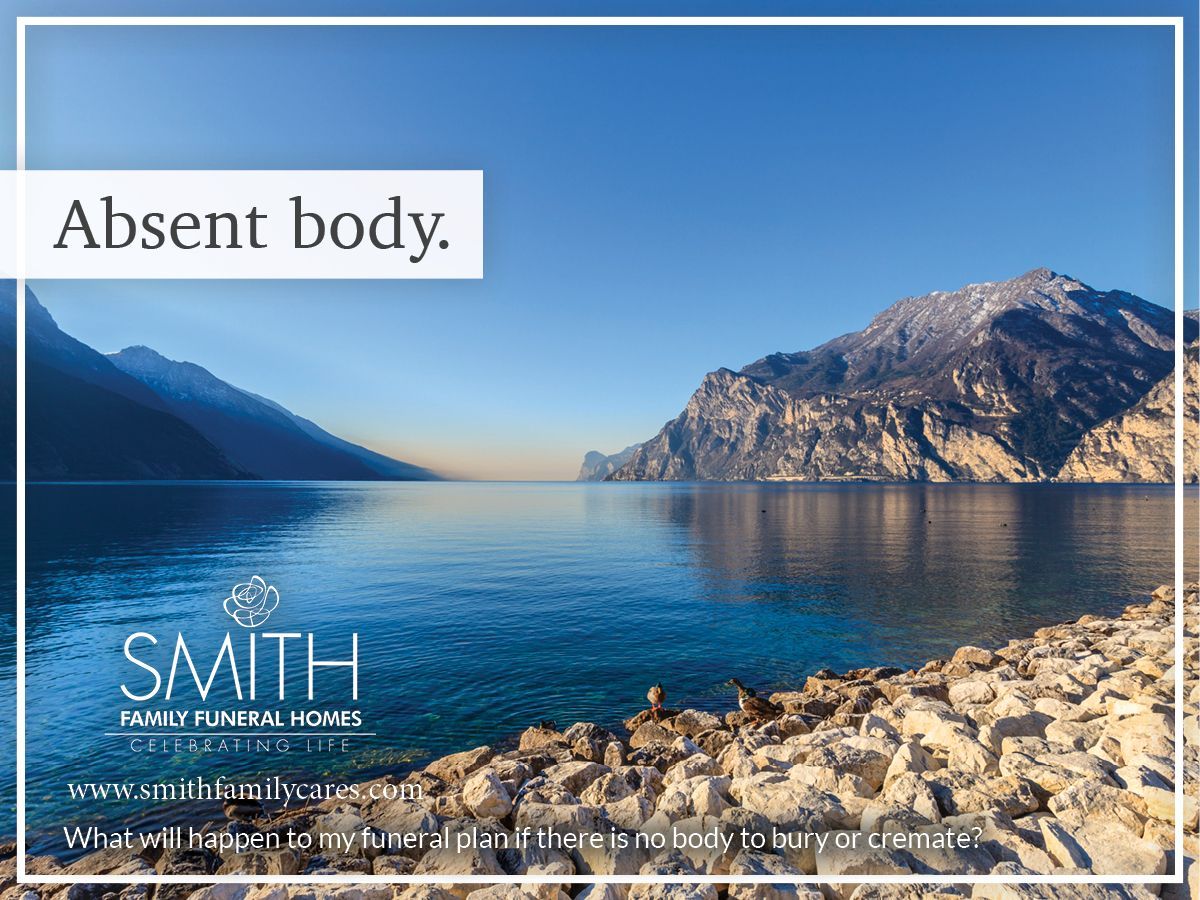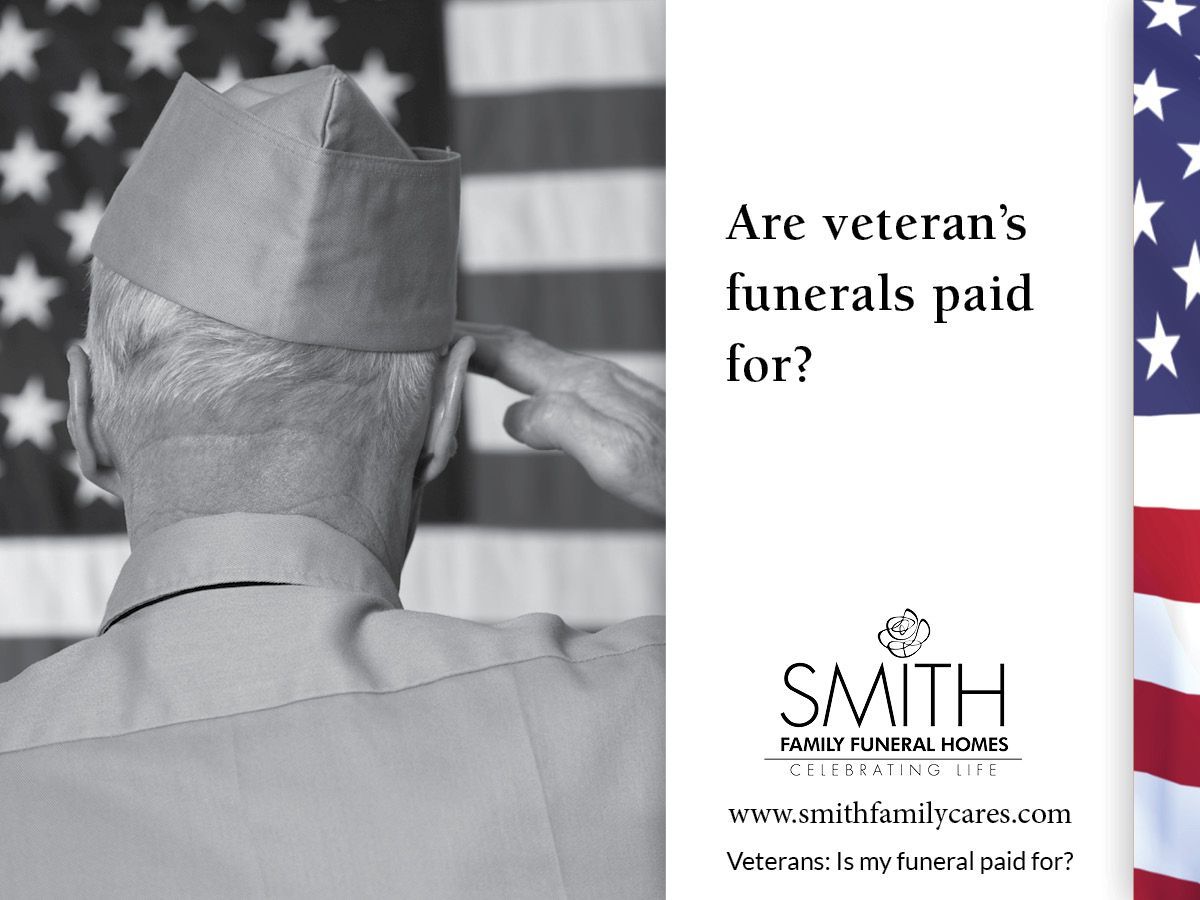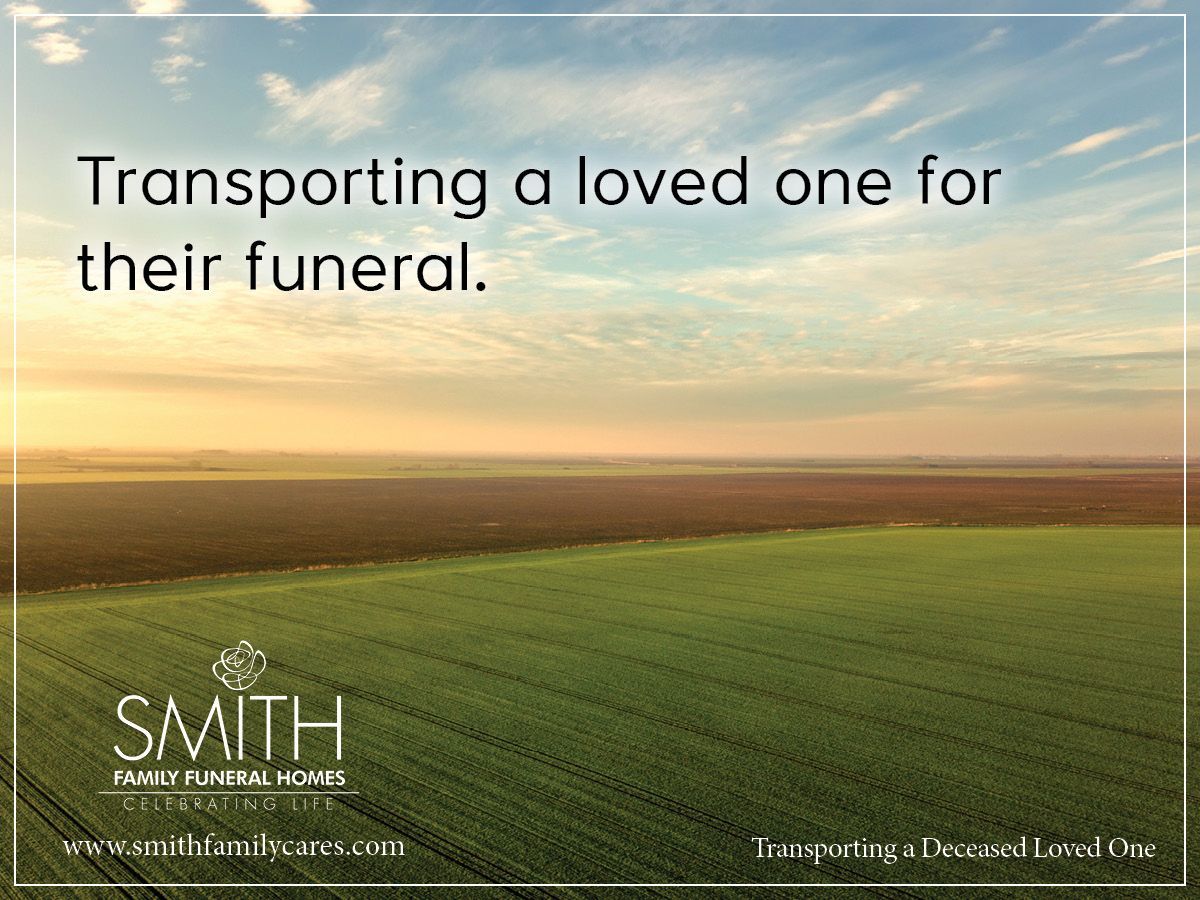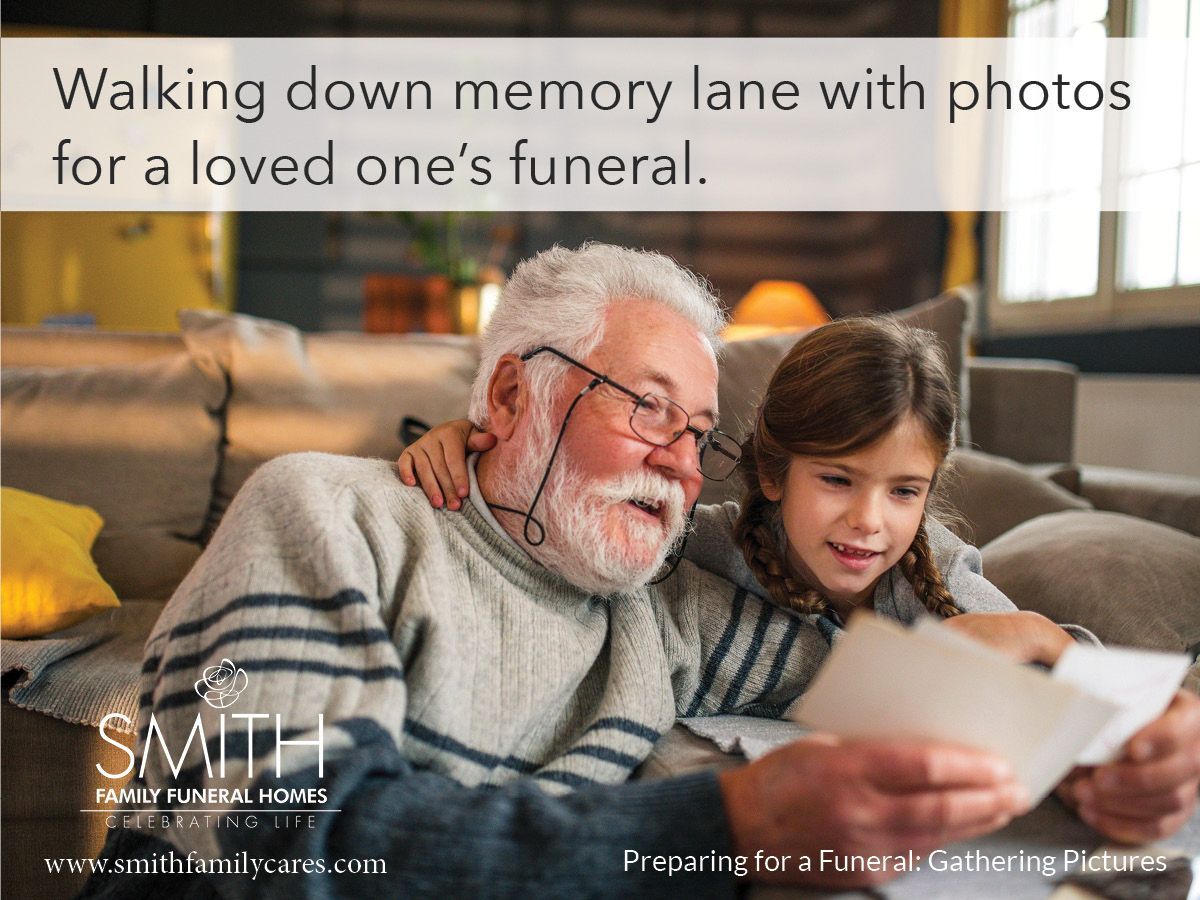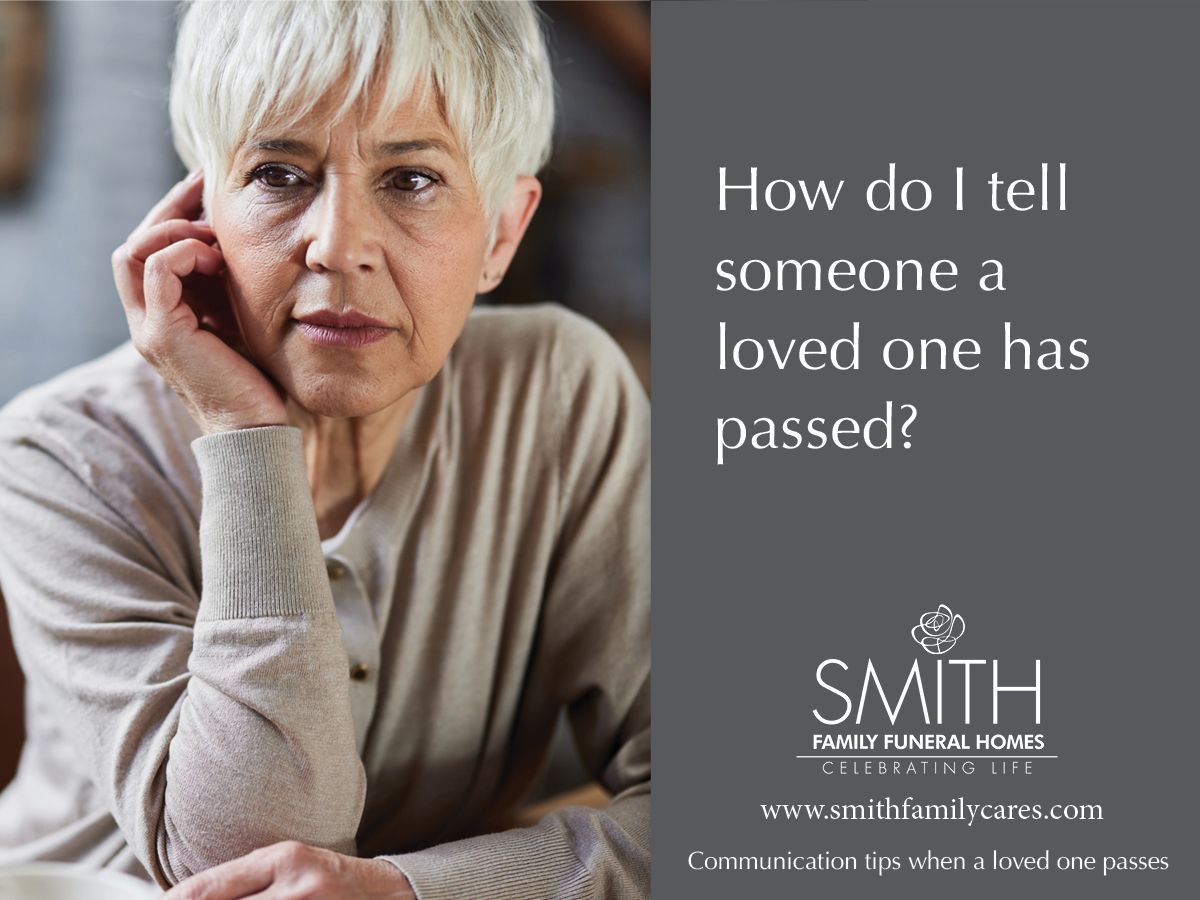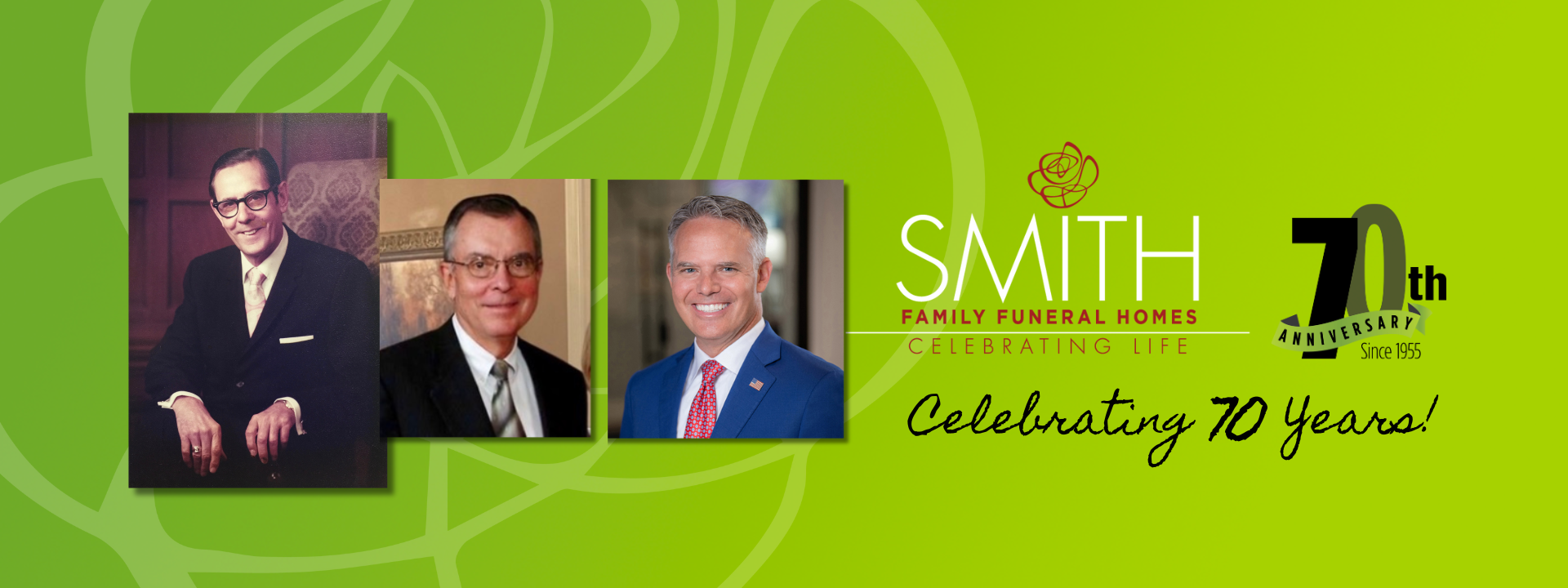
How to Drive in a Funeral Procession
When traveling from the funeral home to the burial site, close family and friends often journey in a funeral procession. While that can mean that they’re in limousines for the duration of their trip, sometimes they drive themselves, as well as others who were close to the decedent. But driving in a funeral procession isn’t like going to work. Some guidelines should be followed to ensure that everyone arrives at the burial site safely and on time. Here are a few things you should know before attempting to drive in a funeral procession.
Tips on How to Drive in a Funeral Procession
1. Always check with the funeral director regarding your route.
If you’re not in the lead car, there’s less pressure on you to know the route before starting the procession. But it’s still a good idea to have an idea of where you’re going and how to get there before the day of the funeral. Always check with the funeral director ahead of the funeral to ask about the route. If you have time, try driving the route yourself so you’re used to it by the time the funeral arrives. Funerals can be a stressful time, and not knowing where you’re going can only add to that stress. Although other drivers on the road are supposed to give you the right of way and never cut a funeral procession off, sometimes mistakes happen. In case you get separated from the lead car, you should feel confident that you can still follow the route yourself.
2. Arrive at the funeral early.
When you arrive early to the funeral, you’ll have time to get essential instructions from the funeral director, such as the order of the vehicles, who may be riding with you, and any changes that may have been made. It also gives you time to ensure that your car is ready for the drive. Funeral attendants will usually be available in the parking lot to tell you where to park your vehicle so it’s in the right place in the procession.
3. Be sure your car is properly marked as a part of a funeral procession.
If you’re driving in a funeral procession, the other drivers on the road must be made aware. All cars in a procession should have their headlights on, and there may also be a flag you’ll need to put on your hood. If you’re in the last car, you may have to put on two or more flags, and you should have your hazards on. Always check with the funeral director to ensure your car is prepared for the procession.
4. Be familiar with funeral procession laws in your state and county.
When in doubt, check with the funeral director about any special actions you can take in a funeral procession. In most states, once the lead car goes through an intersection, all vehicles in the procession can follow, even if the light has already changed to red. However, in other states, the whole procession can go through an intersection as long as their police escort directs them through it. If you’re not sure what the rules are for driving in a funeral procession, especially in regards to what to do at an intersection, your funeral director, who has years of practice navigating these laws, should be able to tell you. And remember, you still must yield for emergency vehicles.
5. Follow the lead car from a close but safe distance.
To avoid potentially being split up, you should follow closely behind the car in front of you. Do not allow room for another vehicle to merge between you and the car ahead of you. However, be sure that there’s enough distance between each vehicle for braking in case there’s a sudden stop. Generally, you’ll be driving fairly slowly. Funeral processions usually travel below the speed limit. You’ll likely be going between 25 and 35 mph on side roads, and on highways, you can expect to stay under 50 mph. When traveling through an intersection, the lead car will have to slow down, so be prepared to brake when approaching that intersection.
6. Do not break from the procession.
Unless there is an emergency in your vehicle, do not leave the funeral procession. It’s crucial that a funeral procession stays together, so no detours or allowing another car to merge in front of you. Once you arrive at the cemetery, an attendant will direct you to where to park your vehicle and lead the procession to the gravesite.
Driving in a funeral procession can be difficult. You’re already feeling grief from losing a loved one, and that grief can make this trip feel much more stressful. So it’s best to be prepared for your route and follow all instructions from your funeral director. They’ve directed many processions before, and they’re prepared to ensure that yours goes smoothly and safely.
Smith Family Funeral Homes provides quality funeral, memorial and cremation services to the families of Central Arkansas. Their six locations can be found in Little Rock, North Little Rock, Westbrook, Sherwood, Benton and Arkadelphia. With a privately-owned crematory operated by licensed professionals, Smith Family Funeral Homes can guarantee their high standard of care throughout the cremation process. To learn more, visit smithfamilycares.com.

